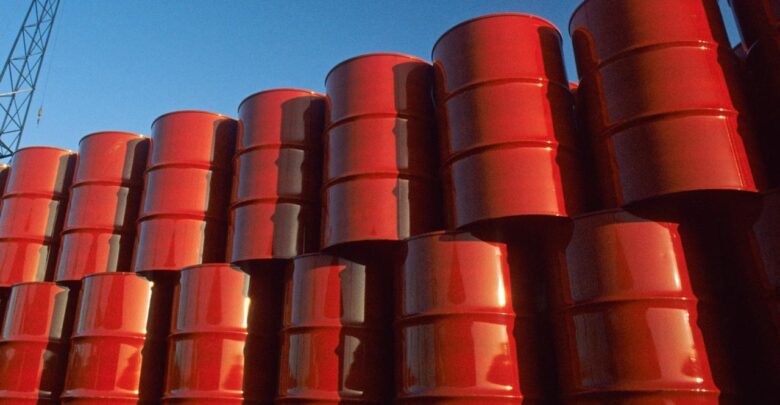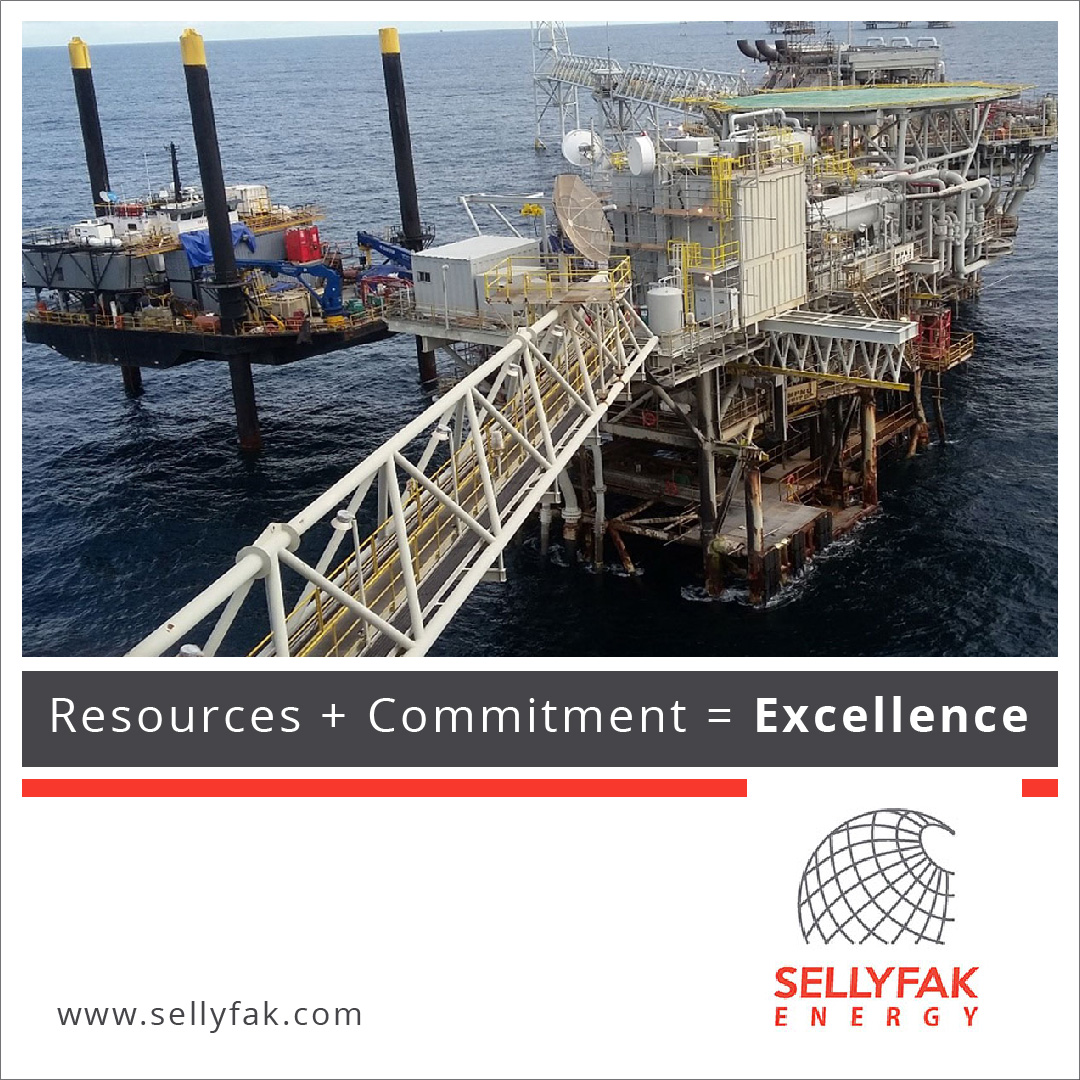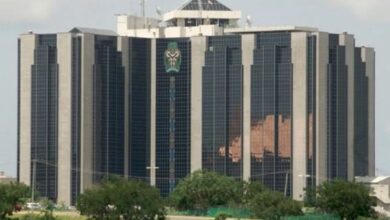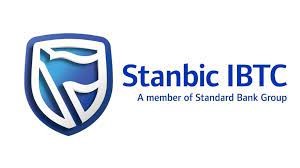Brent Crude Expected to Rise Further After Crossing $50 Per Barrel


With the price of Brent Crude last Thursday rising above $50 per barrel and hovering above the mark since then, there are indications the international oil benchmark will advance further.
After crashing to historic lows between March and April on the back of a pandemic-induced slump in demand and supply glut, oil prices have been rising steadily.
The gradual recovery has been driven by hopes of increased demand for oil when the global economy recovers from the downturn caused by the novel coronavirus outbreak.
For instance, the price of Brent crude is now more than two-and-a-half times the low of $18.99 touched on April 22.
News of coronavirus vaccines has also helped to boost investors’ sentiment and the optimism of a rebound in fuel demand, dampening worries over a surprise build in the United States oil stockpiles.
Also Read: Oil Price Rises as the World Rolls Out Mass Coronavirus Vaccination
The United Kingdom started mass vaccination of its population last Tuesday in a global push that presents one of the biggest logistical hurdles ever, with the possibility of the development strengthening oil prices.
Data from the American Petroleum Institute had shown a build of almost two million barrels in U.S. crude inventories, rather than the 3.5 million drawdown predicted. That could have prompted a drop in oil prices but there was little response to it.
The rebound in Brent particularly bodes well for OPEC countries, most of which have little room to maneuver because of their reliance on oil revenues to balance national budgets. Iran for instance needs oil prices of around $130/bbl to balance the national budget.
Nigeria’s $35 billion 2020 budget was premised on an oil price of $57 per barrel and production levels of more than two million barrels a day. But a supply cut agreement by OPEC meant to lift oil prices meant the country could only produce just over one million bpd.
Unlike the Gulf states, there are no large foreign exchange reserves to fall back on to sustain state expenditure and the oil price collapse has been exacerbated by existing problems. Nigeria was forced to raise interest rates and devalue the naira twice.
Also Read: OPEC and Russia Seal Pact to Increase Oil Output in January
The underlying strength in the recovery of Brent crude is largely due to strong demand from China and India for physical oil. Both Asian economies are expected to drive the recovery in oil demand in the wake of the pandemic. They are projected to exhibit strong demand growth over the next five years, according to Goldman Sachs.
Despite the rally in crude futures, the International Energy Agency cut its oil demand estimates for 2020 and 2021, blaming looming uncertainty over the efficacy, availability, and deployment of the Covid-19 vaccines. This, it said, will keep oil demand weak in the short term.
But stronger Asian demand and persistent and effective supply management by the Organisation of Petroleum Exporting Countries and allies (OPEC+) had aided the recovery in oil prices and on the physical oil markets, the agency said.
As oil inventories decline thanks to strengthening demand from Asia, there is general optimism about oil prices next year. Goldman now expects Brent to average $65 a barrel next year due to mass vaccinations and the limited increase in production from OPEC+.
As of 11:45 am West African Time, Brent Crude was trading at $51.35 per barrel while the West Texas Intermediate stood at $48.11 and Nigeria’s Bonny Light at $50.30.







